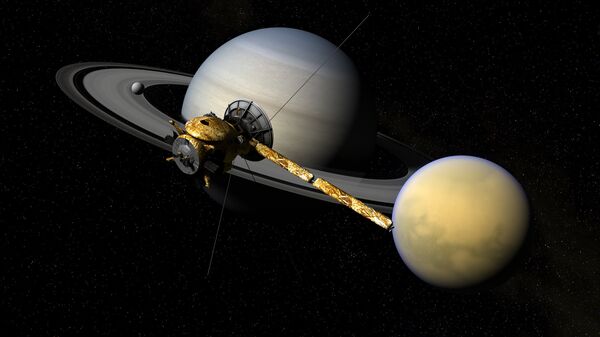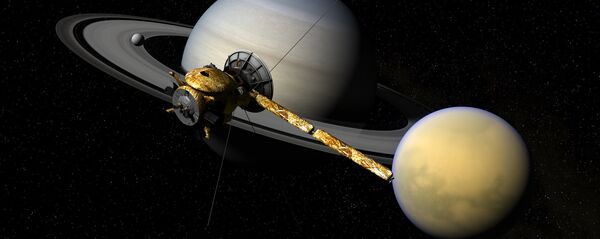The spacecraft is expected to make 20 passes through April 2017, making one orbit every seven days. During these dives, the spacecraft will observe the planet's moons, and sample particles and gases from the outskirts of the rings. After the final mission is complete, Cassini will then head down, to the planet itself, falling into its gassy atmosphere until increasingly high atmospheric pressure crushes the spacecraft.
Initially, Cassini will approach a fainter ring formed by particles from the meteor bombardment of two mini moons. Then it will move toward the more substantial F ring, according to scientists at NASA's Jet Propulsion Laboratory in Pasadena, California.
"Even though we're flying closer to the F ring than we ever have, we'll still be more than 4,850 miles (7,800 kilometers) distant," project manager Earl Maize said in a statement. "There's very little concern over dust hazard at that range."
Initially developed in the 1980s, Cassini was launched from Cape Canaveral in 1997, and reached its orbit near Saturn in 2004. It has logged more than 2 billion miles, and launched the Titan lander Huygens in 2005. Now it is running out of fuel and will soon go dark. Prior to that, the spacecraft will be instructed to enter Saturn's atmosphere and continue to observe, sample and send data back to Earth before its inevitable end in late 2017.


